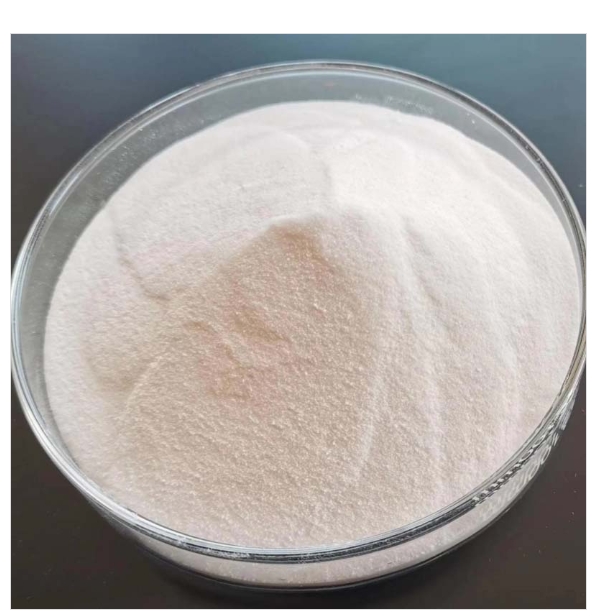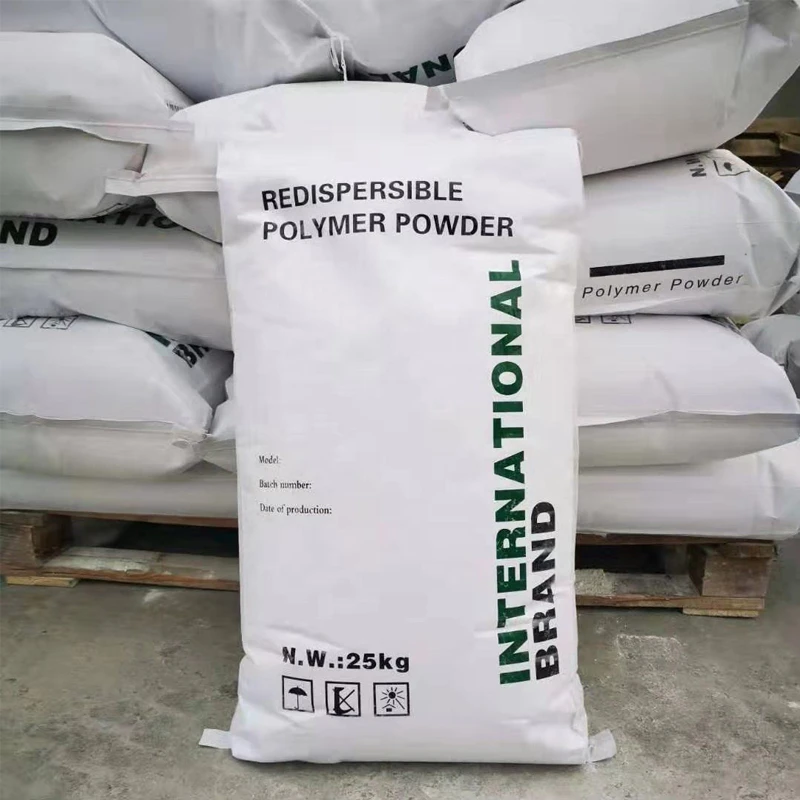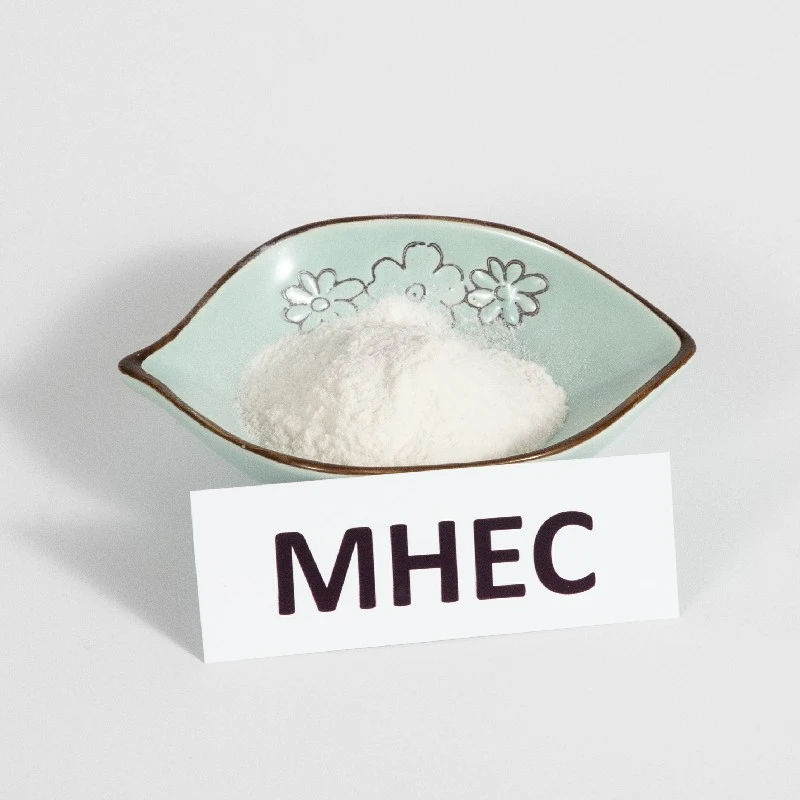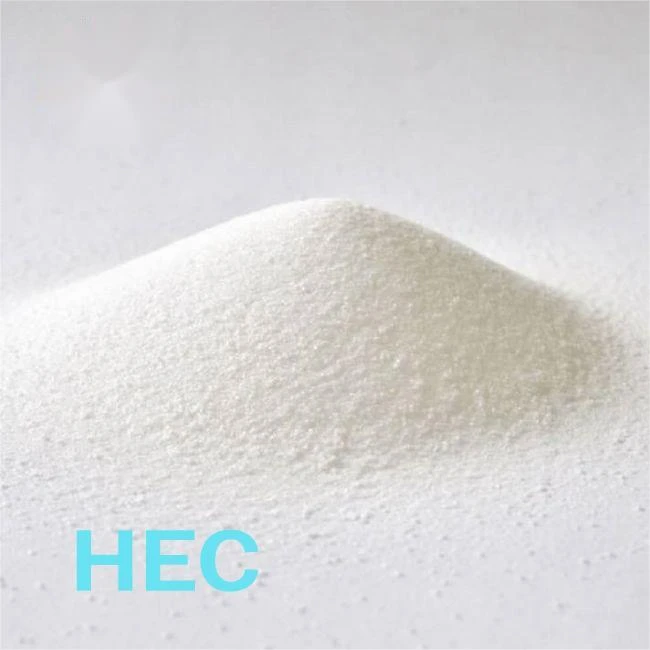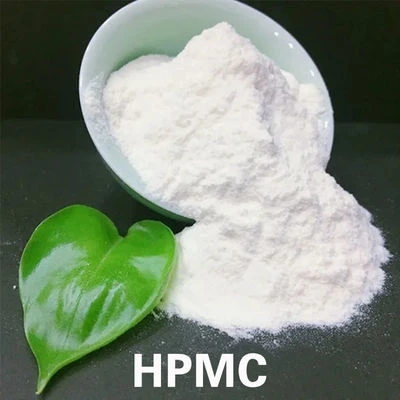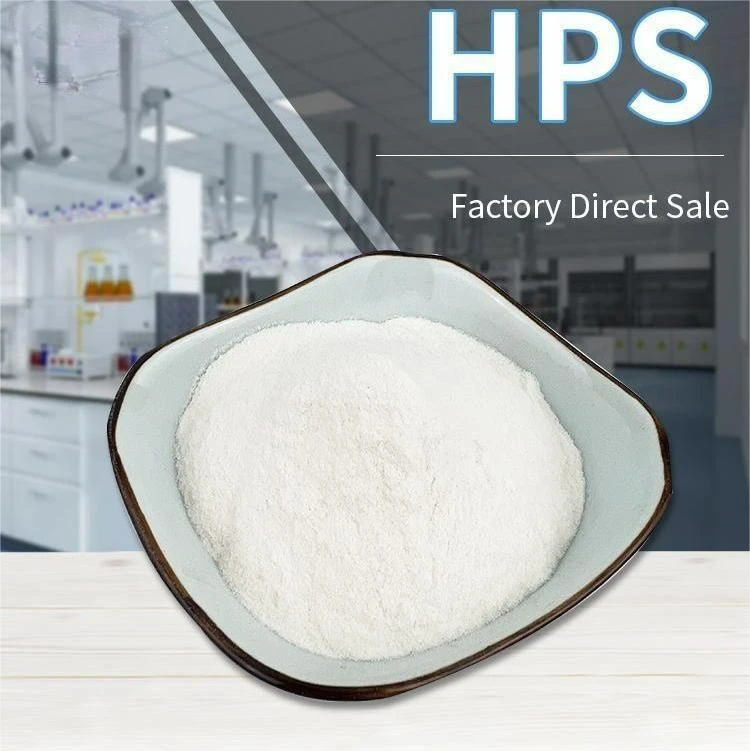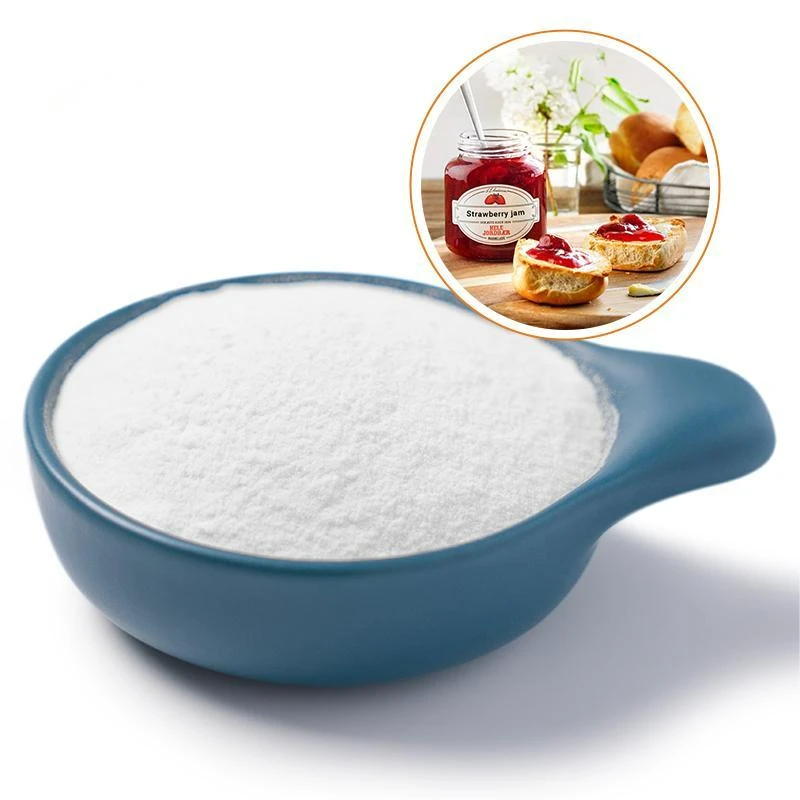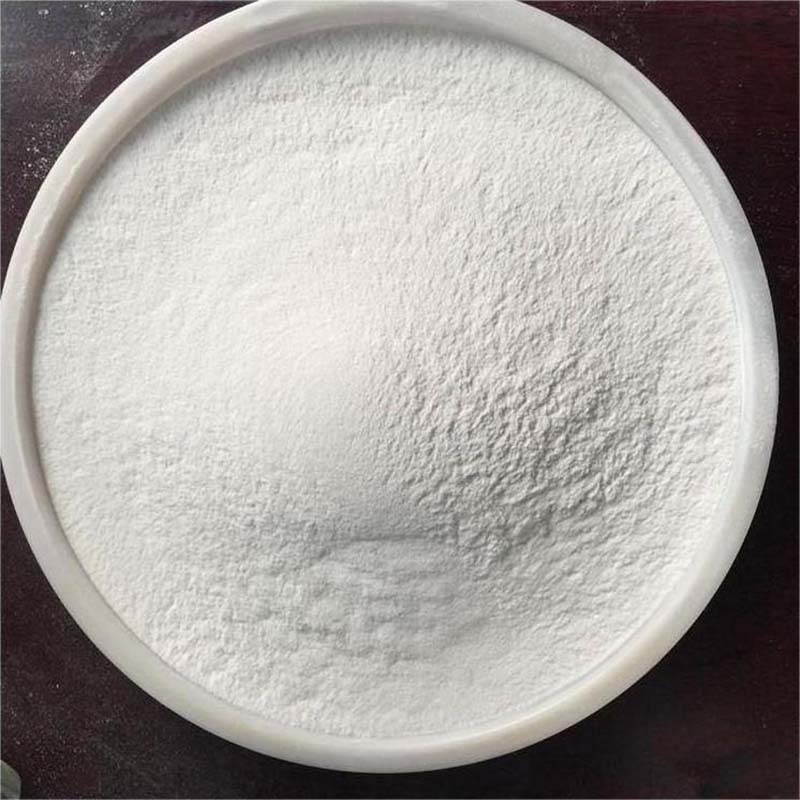Hydroxyethyl Methyl Cellulose Construction Use
Hydroxyethyl methyl cellulose—also known by its alternative names methyl 2 hydroxyethyl cellulose and methyl ethyl hydroxyethyl cellulose—is a high-performance cellulose ether that has become indispensable in modern construction. As a wholesaler, understanding how this versatile additive enhances the performance of building materials (e.g., mortars, adhesives, coatings) is key to guiding construction material manufacturers and contractors toward solutions that improve workability, durability, and cost-efficiency. Pengze Technology (Shijiazhuang) Co., Ltd., a leading producer of construction-grade cellulose ethers, manufactures high-purity hydroxyethyl methyl cellulose tailored for diverse construction needs, ensuring consistent viscosity, water retention, and compatibility with other building additives. This guide explores the core benefits of methyl 2 hydroxyethyl cellulose in construction, its key applications, and best practices for integration into building material formulations.
Hydroxyethyl Methyl Cellulose Key Properties for Construction Applications
Superior Water Retention and Workability
- Moisture Locking Capacity: Hydroxyethyl methyl cellulose from Pengze Technology (Shijiazhuang) Co., Ltd. exhibits exceptional water retention, slowing the evaporation of water from cement-based materials (e.g., mortar, concrete). This extends the open time (workable period) of the material by 2–4 hours, allowing contractors to adjust, smooth, or rework surfaces without compromising performance—critical for large-scale projects like wall plastering or tile installation. Unlike traditional additives (e.g., starch), it maintains water retention even in high-temperature or low-humidity environments.
- Rheology Modulation: The methyl 2 hydroxyethyl cellulose structure enables precise control over the flow behavior of construction materials. It creates pseudoplastic fluids that thicken at rest (preventing sagging in vertical applications like wall rendering) and thin under shear (enabling easy mixing and spreading). This rheology control reduces material waste and ensures uniform application, even for novice contractors.
Enhanced Adhesion and Bond Strength
- Cohesion Improvement: Adding hydroxyethyl methyl cellulose to mortars or adhesives enhances particle cohesion, reducing shrinkage during curing and minimizing cracking. For example, in tile adhesives, it increases bond strength to substrates (e.g., concrete, drywall) by 20–30%, preventing tile detachment over time. Pengze Technology (Shijiazhuang) Co., Ltd.’s methyl ethyl hydroxyethyl cellulose also improves the adhesion of coatings to porous surfaces (e.g., brick, wood), ensuring long-lasting protection against weathering.
- Compatibility with Aggregates: Methyl 2 hydroxyethyl cellulose is highly compatible with common construction aggregates (e.g., sand, gravel) and binders (e.g., cement, lime). It forms a thin, uniform film around aggregate particles, improving dispersion and reducing segregation—ensuring consistent strength and texture across the entire material batch.
Chemical Stability and Durability
- pH and Temperature Resistance: Hydroxyethyl methyl cellulose remains stable across a wide pH range (3.0–12.0) and temperatures (up to 85°C), making it suitable for use in alkaline cement mixes and high-temperature curing processes. Its cross-linked polymer structure resists degradation from construction chemicals (e.g., plasticizers, retarders) and environmental factors (e.g., rain, UV radiation), ensuring long-term material performance.
- Microbial Resistance: Pengze Technology (Shijiazhuang) Co., Ltd.’s methyl ethyl hydroxyethyl cellulose is formulated with anti-microbial additives, preventing mold or bacterial growth in wet mixes (e.g., ready-mix mortar) that are stored for extended periods. This reduces material spoilage and maintains product quality.
Methyl 2 Hydroxyethyl Cellulose Core Construction Applications
Cement Mortars and Plasters
- Wall and Ceiling Plasters: Hydroxyethyl methyl cellulose is a key additive in interior and exterior plasters, improving workability and water retention. It ensures the plaster spreads smoothly, adheres firmly to substrates, and cures evenly—reducing the risk of cracks caused by rapid drying. Pengze Technology (Shijiazhuang) Co., Ltd.’s medium-viscosity methyl 2 hydroxyethyl cellulose (50,000–100,000 mPa·s) is ideal for this application, as it balances workability with anti-sagging properties.
- Repair Mortars: In repair mortars for cracks or damaged concrete, methyl ethyl hydroxyethyl cellulose enhances adhesion to old concrete surfaces and extends curing time, allowing the repair material to integrate seamlessly with the existing structure. It also improves the mortar’s flexibility, reducing future cracking due to thermal expansion.
Tile Adhesives and Grouts
- Tile Adhesives: Hydroxyethyl methyl cellulose is essential in tile adhesives, providing water retention to ensure full hydration of cement and preventing premature setting. It also improves the adhesive’s open time (up to 1 hour), allowing contractors to adjust tile positions after installation. For large-format tiles (e.g., 600×600 mm), Pengze Technology (Shijiazhuang) Co., Ltd.’s high-viscosity methyl 2 hydroxyethyl cellulose (150,000–200,000 mPa·s) prevents sagging, ensuring tiles stay in place during curing.
- Grouts: In tile grouts, methyl ethyl hydroxyethyl cellulose reduces shrinkage and improves workability, ensuring the grout fills gaps completely and resists staining. It also enhances water resistance, protecting the substrate from moisture damage in wet areas like bathrooms or kitchens.
Construction Coatings and Paints
- Exterior Wall Coatings: Hydroxyethyl methyl cellulose is used in exterior coatings (e.g., stucco, textured paints) to improve film formation and water resistance. It ensures the coating adheres to porous surfaces (e.g., brick, stone) and forms a flexible film that withstands temperature fluctuations and rain. Pengze Technology (Shijiazhuang) Co., Ltd.’s low-viscosity methyl 2 hydroxyethyl cellulose (10,000–30,000 mPa·s) is suitable for this application, as it enables smooth coating application without brush marks.
- Primers and Sealers: In primers, methyl ethyl hydroxyethyl cellulose improves substrate wetting and adhesion, ensuring subsequent coating layers bond firmly. It also seals porous surfaces (e.g., drywall, wood), preventing absorption of topcoat materials and reducing paint consumption.
Table: hydroxyethyl methyl cellulose Grades for Construction (Pengze Technology (Shijiazhuang) Co., Ltd.)
|
Product Grade |
Viscosity (2% Solution, 25°C) |
Key Features |
Target Construction Application |
Dosage (by Weight) |
|
HEMC-C-Mortar |
50,000–100,000 mPa·s |
High water retention, anti-sagging |
Cement mortars, wall plasters |
0.2–0.5% |
|
HEMC-C-Adhesive |
150,000–200,000 mPa·s |
Strong bond, long open time |
Tile adhesives, large-format tiles |
0.3–0.8% |
|
HEMC-C-Coating |
10,000–30,000 mPa·s |
Smooth flow, film-forming |
Exterior coatings, primers |
0.1–0.3% |
|
HEMC-C-Grout |
80,000–120,000 mPa·s |
Low shrinkage, water resistance |
Tile grouts, repair mortars |
0.2–0.6% |
Methyl Ethyl Hydroxyethyl Cellulose Handling and Formulation Guidelines
Proper Dissolution and Mixing
- Dispersion Techniques: To avoid clumping, disperse methyl ethyl hydroxyethyl cellulose in cold or room-temperature water (≤30°C) before adding it to dry mixes (e.g., cement, sand). For high-viscosity grades, use a low-shear mixer to ensure uniform dispersion—this prevents the formation of “fish eyes” (undissolved particles). Pengze Technology (Shijiazhuang) Co., Ltd. recommends pre-mixing hydroxyethyl methyl cellulose with fine aggregates (e.g., sand) to improve dispersion in large batches.
- Dosage Control: Dosage varies by application—start with the lower end of the recommended range (e.g., 0.2% for mortars) and adjust based on performance. Over-dosage may lead to excessive thickening, reducing workability, while under-dosage may compromise water retention or bond strength.
Storage and Shelf Life
- Environmental Conditions: Store methyl 2 hydroxyethyl cellulose in a cool (15–25°C), dry area with relative humidity below 60%. Exposure to moisture causes caking, which reduces the additive’s effectiveness. Pengze Technology (Shijiazhuang) Co., Ltd.’s packaging (multi-layered paper bags with polyethylene liners) provides moisture barrier protection—keep bags sealed when not in use.
- Shelf Life: When stored properly, hydroxyethyl methyl cellulose from Pengze Technology (Shijiazhuang) Co., Ltd. has a shelf life of 24 months. After opening, use the product within 6 months to maintain optimal viscosity and performance.
Hydroxyethyl Methyl Cellulose FAQS
How does hydroxyethyl methyl cellulose differ from HPMC (hydroxypropyl methyl cellulose) in construction applications?
Hydroxyethyl methyl cellulose offers better water solubility and lower sensitivity to electrolytes (e.g., salts in cement) compared to HPMC, making it more suitable for high-alkaline construction materials like concrete or lime mortars. It also provides superior film flexibility, which is critical for exterior coatings exposed to temperature fluctuations. Pengze Technology (Shijiazhuang) Co., Ltd.’s methyl 2 hydroxyethyl cellulose also has a lower gelation temperature (around 60°C vs. 80°C for HPMC), ensuring stability in warm mixing conditions. For applications requiring extreme water retention (e.g., tile adhesives), hydroxyethyl methyl cellulose is often the preferred choice.
Can methyl 2 hydroxyethyl cellulose be used in ready-mix concrete?
Yes, methyl 2 hydroxyethyl cellulose from Pengze Technology (Shijiazhuang) Co., Ltd. is suitable for ready-mix concrete, where it acts as a water retention agent and workability enhancer. It extends the concrete’s slump life (workable period) by 1–2 hours, allowing transportation to job sites without premature setting. It also reduces bleeding (water separation) and segregation, ensuring the concrete maintains uniform strength. For ready-mix concrete, use a medium-viscosity grade (50,000–100,000 mPa·s) at a dosage of 0.05–0.1%, as higher dosages may increase air entrainment.
What is the impact of methyl ethyl hydroxyethyl cellulose on the strength of cement-based materials?
Methyl ethyl hydroxyethyl cellulose (hydroxyethyl methyl cellulose) enhances the long-term strength of cement-based materials by improving water retention, which ensures full hydration of cement particles. It reduces shrinkage and cracking during curing, which can weaken the material over time. In tests, mortars containing Pengze Technology (Shijiazhuang) Co., Ltd.’s methyl ethyl hydroxyethyl cellulose showed a 10–15% increase in compressive strength after 28 days compared to mortars without the additive. However, excessive dosages (>1%) may slightly reduce early strength (7 days) due to delayed cement hydration—thus, following recommended dosage guidelines is critical.
Is hydroxyethyl methyl cellulose compatible with other construction additives (e.g., plasticizers, retarders)?
Yes, hydroxyethyl methyl cellulose from Pengze Technology (Shijiazhuang) Co., Ltd. is highly compatible with common construction additives, including water-reducing plasticizers, set retarders, and air-entraining agents. It works synergistically with plasticizers to improve workability without increasing water content, and with retarders to extend setting time for large projects. However, avoid mixing with strong oxidizing agents (e.g., hydrogen peroxide) or high concentrations of acids (pH <3.0), which may degrade the cellulose ether structure and reduce performance. Always test small batches when combining multiple additives to ensure compatibility.
How do I select the right viscosity grade of methyl 2 hydroxyethyl cellulose for my construction application?
Select a viscosity grade based on the application’s needs: low viscosity (10,000–30,000 mPa·s) for coatings or primers (requires smooth flow); medium viscosity (50,000–100,000 mPa·s) for mortars or grouts (balances workability and water retention); high viscosity (150,000–200,000 mPa·s) for tile adhesives or vertical plasters (needs anti-sagging properties). Pengze Technology (Shijiazhuang) Co., Ltd.’s technical team can provide custom recommendations—share details like material type (e.g., mortar, adhesive), application method (e.g., trowel, spray), and environmental conditions (e.g., high temperature) for tailored guidance on methyl 2 hydroxyethyl cellulose grade selection.
Hydroxyethyl methyl cellulose (methyl 2 hydroxyethyl cellulose, methyl ethyl hydroxyethyl cellulose) is a cornerstone of modern construction, enhancing the performance, workability, and durability of building materials across applications. Pengze Technology (Shijiazhuang) Co., Ltd.’s construction-grade cellulose ethers—tailored for mortars, adhesives, and coatings—ensure customers can meet the rigorous demands of construction projects while optimizing costs. As a wholesaler, guiding customers to select the right viscosity grade, follow proper formulation practices, and adhere to storage guidelines helps them maximize the value of hydroxyethyl methyl cellulose in their products. By partnering with Pengze Technology (Shijiazhuang) Co., Ltd., you can offer reliable, consistent solutions that support construction material manufacturers and contractors in delivering high-quality, long-lasting buildings.
-
Hydroxyethyl Cellulose Manufacturer: Superior Thickening & Gel SolutionsNotiziaAug.28,2025
-
Hydroxy Propyl Methyl Cellulose HPMC Food ThickenerNotiziaAug.27,2025
-
HPMC for Sale High ViscosityNotiziaAug.27,2025
-
24937 78 8 Industrial UsesNotiziaAug.27,2025
-
Reactive Dyes Wholesale Cotton Fabric UseNotiziaAug.27,2025

